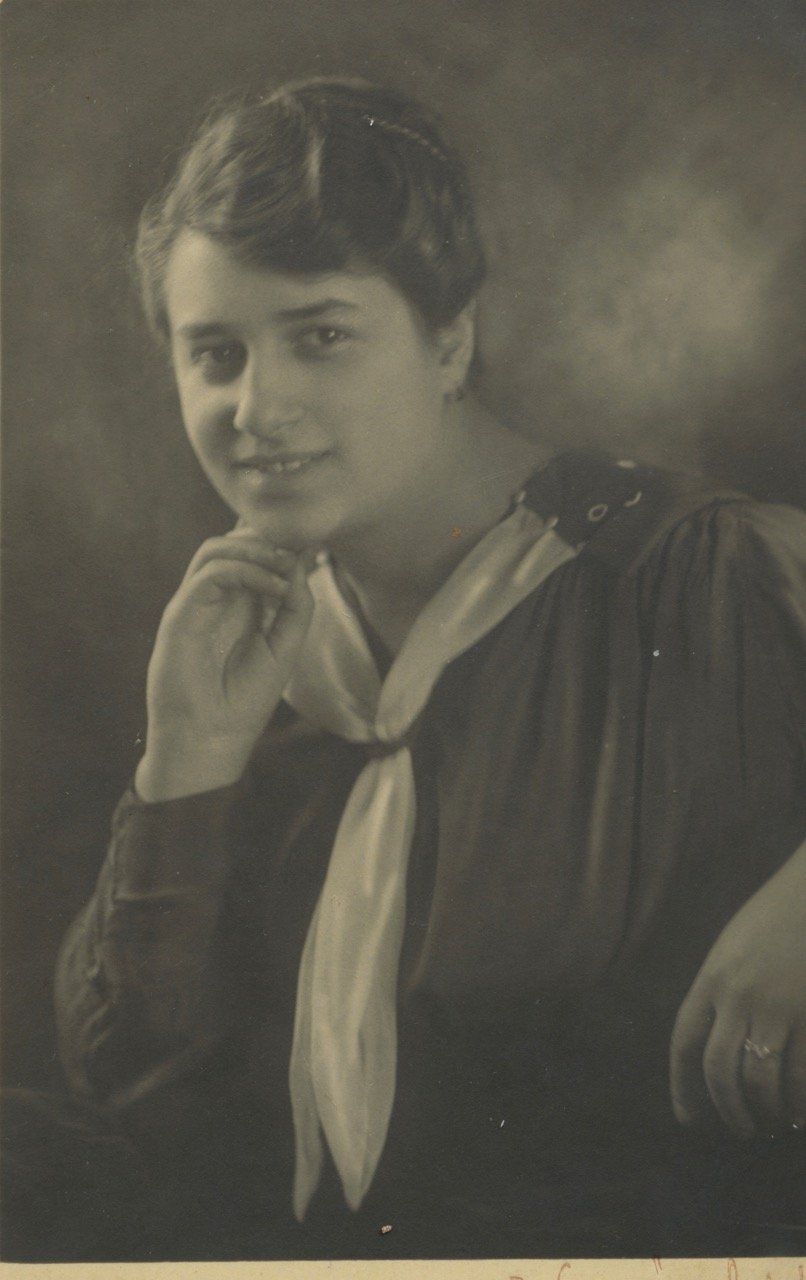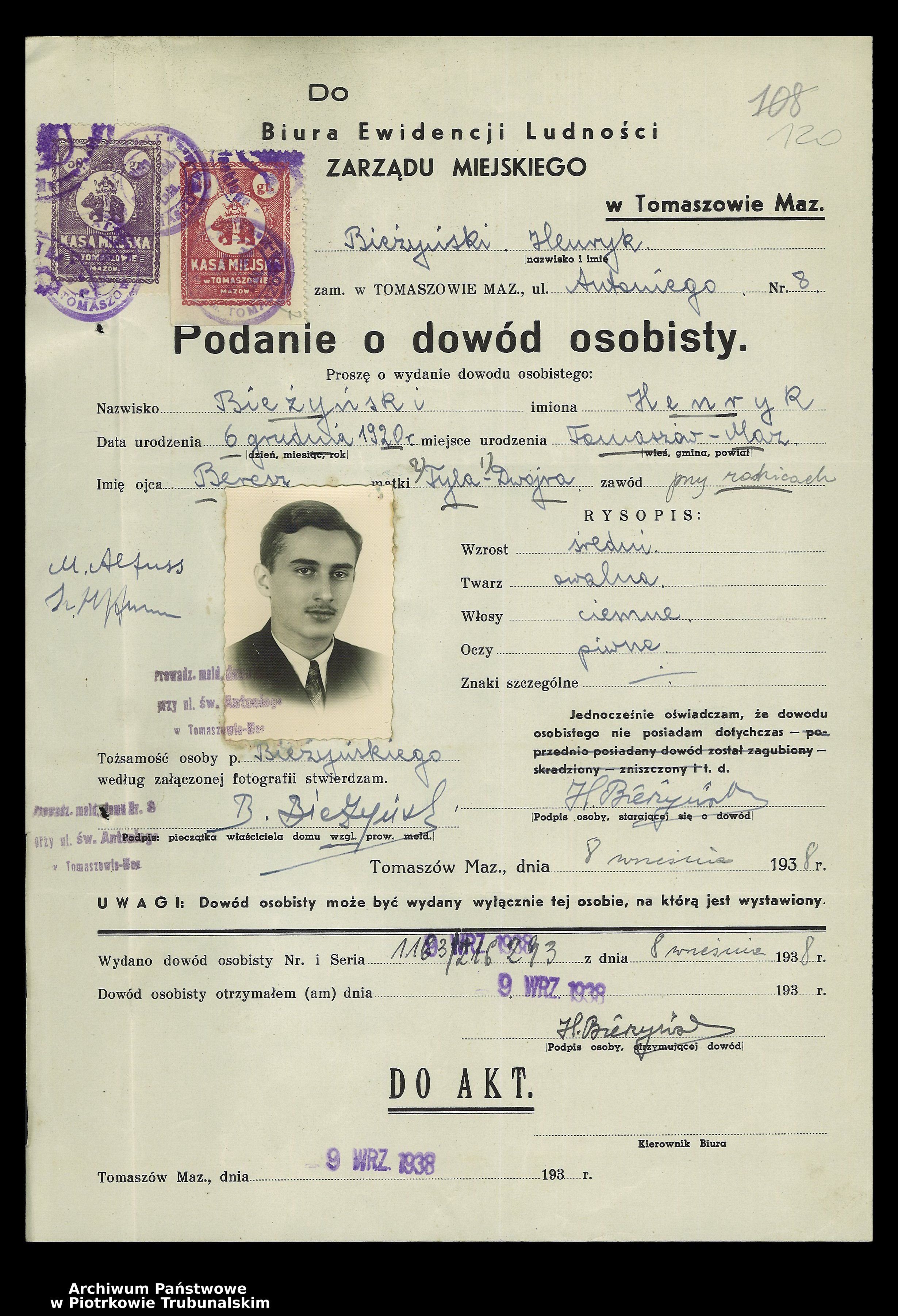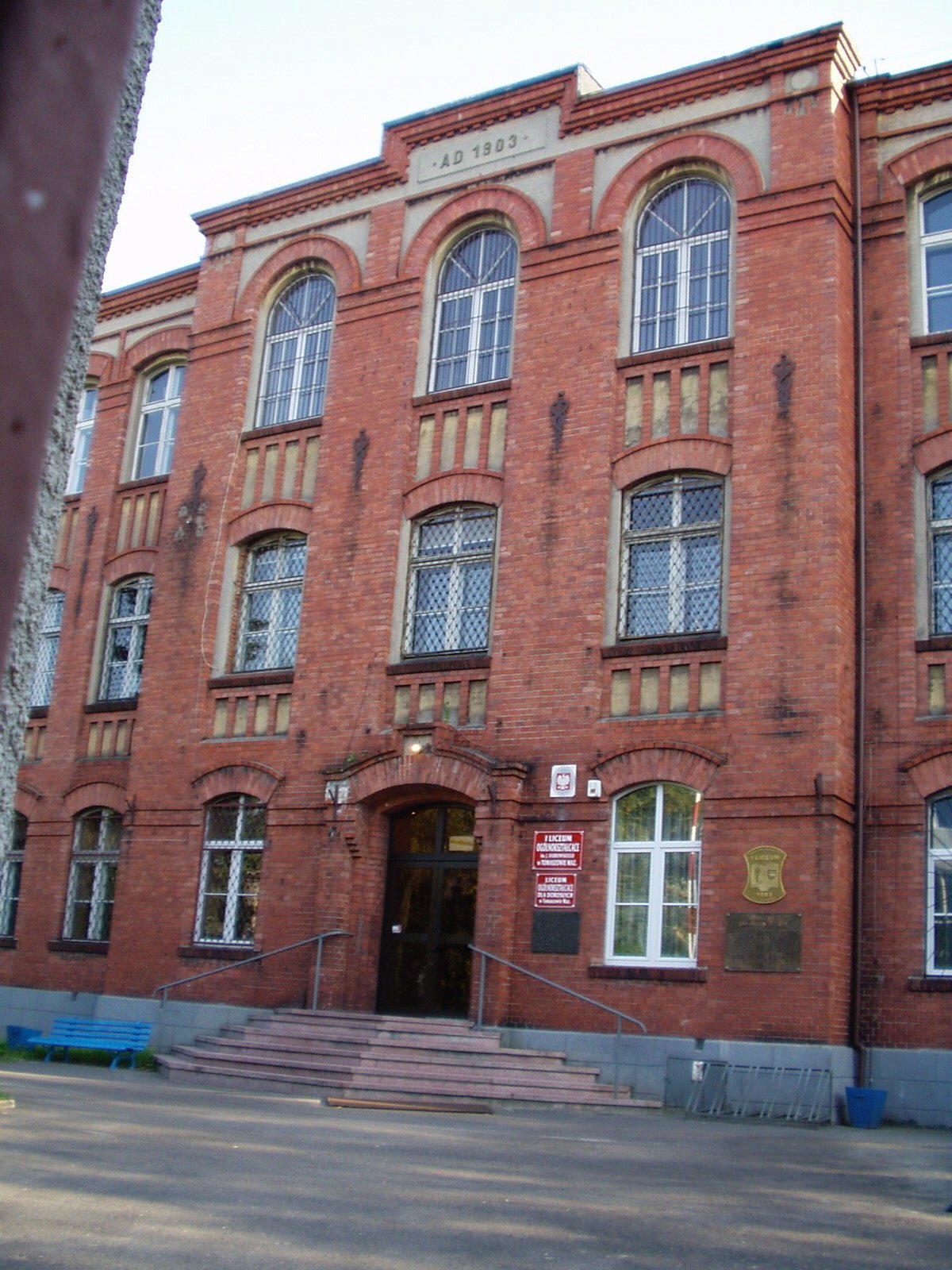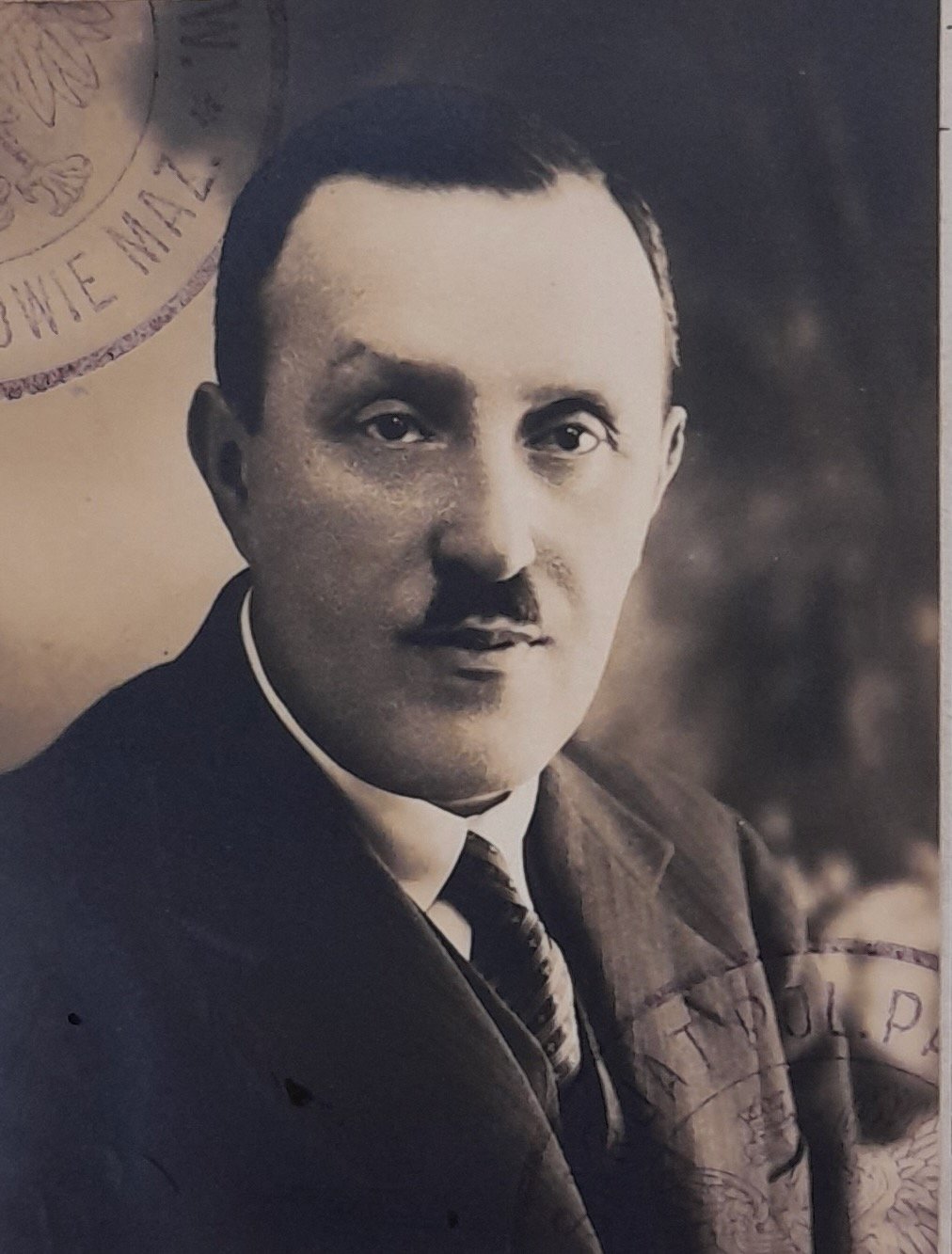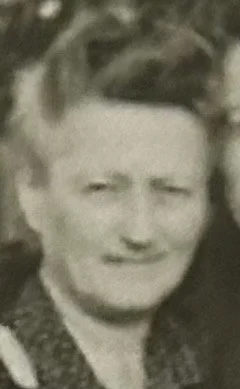Before the War
Below are family photos and relevant documents from Henry’s life in pre-war Tomaszow.
The Bierzynski Family and their wives on the wedding day of Bernard and Theodora,1920
[L-R] Henry’s father Bernard, mother Theodora, grandmother Berta, uncle Dr Henry’s wife Regina, aunt Matilda, uncle Dr Henry, grandfather Nathan, uncle Benjamin’s wife Stephania and uncle Benjamin. Nathan would die in 1930 and Benjamin would die of cancer in 1941. All the others in the photo would be killed during the Holocaust. Of their total of nine children, eight would survive the war; only Matylda’s son Isador perished.
Silver wedding anniversary 1927 of Henry’s aunt Matylda and Leon Stecki (seated on the right)-(both were gassed in Treblinka).
On the far left is Henry Stecki who would survive the war. On the far right standing is Isador Stecki. Rear row standing left to right Theodora (gassed) and Bernard (typhus) ( Henry’s parents) and Regina(shot) and Dr Henry Bierznski ( Henry’s uncle) with their young son Jan. Front row seated on the left is Henry’s grandmother Berta who was shot. Isador handed himself over to the Gestapo after they had killed his wife and daughter. He has never been seen since.
Henry’s favourite photograph of his mother Theodora.
This is Henry’s favourite photo of his mother Theodora, which he kept in his wardrobe drawer along with his concentration camp uniform.
Ignacy, Theodora, Henry, Dora Gayst (Henry’s first cousin) and Bernard in 1937 in Tomaszow during Dora’s farewell visit before she left to emigrate to Australia.
Henry’s matriculation certificate
Henry’s subjects are graded as dobrze or bardzo dobrze ( good or very good) .
Henry’s application for an Identity Card
This is Henry’s application form for his identity card at age 18.
State Archive in Piotrkow Trybunalski.
Halina Aronson’s application for Identity Card
Halina’s application form.
State Archive Piotrkow Trybunalski.
Henry’s class photo 1936
Halina’s cousin, Bronka Rajgrodska, who died of a cardiac arrest before the war in 1938, is seated second form the right in the second row from the front ( wearing a white top with the row of heart shaped dark buttons and black belt). She was the girlfriend of Erwin Pallas, Henry’s Volkesdeutcher friend. Henry is in the next row third from the right.
Henry’s high school on Moscickiego street
The arch and steps at the entrance is where the following photo of Henry and Hallina’s matriculating class of 1938 was taken.
Henry (1) and Halina (6) in their final class photo on matriculation in 1938.
Halina was dux of the year. The anti-Semites Woicki (2) and Baranowksi (5), Volkesdeutsche friends Pallas (3) and Gallert (4) are also shown. The majority of the women in the photo were Jewish and most did not survive the Holocaust.
Halina’s House 2001
Halina’s home was in one of these villas in the grounds of the then Bornstein textile factories.
Halina’s father Jusef Aronson
Jusef was a manager in the Bornstein textile factories before the war.
His wife Zosia the daughter of the owner, David Bornstein.
Jusef died of typhus in the Blyzin concentration camp in 1944.
Halina’s mother Zosia Aronson
The daughter of the industrialist David Bornstein, Zosia survived the Blyzin, Auschwitz and Neustadt Glewe concentration camps with her older daughter Roma. They both emigrated to a new life in New Zealand in 1947.
Halina’s sister Roma Aronson
Roma was Halina’s older sister and survived the war with their mother, moving to New Zealand in 1947.
Happy Days- Summer vacation in Zakopane 1938
Henry was invited to spend the summer holidays with Hallina and her family in the mountains at Zakopane after their matriculation and before he headed off for his first year of medical studies in Montpellier.
Certificate of Study in Physics, Chemistry and Biology 1939
The certificate issued to Henry after he had completed his first year of medicine at Montpellier dated 24 July 1939. The certificate was folded and buried during the war resulting in the visible creases and stains.
Benjamin Bierzynski
An extract regarding Henry’s uncle Benjamin, who died of natural causes in 1941. His birth year was actually 1887. It refers to his period of incarceration in 1905 by the Russians. Bierzynski is also misspelt.
Częstochowa Jews- a Biographical Dictionary-The World Society of Częstochowa Jews.
Czestochowajews.org
The Ghost Tattoo
About The Ghost Tattoo
To the outside world, Henry Bernard was a hard-working and beloved family doctor on Sydney's Northern Beaches. Yet he was also a Holocaust survivor whose life was profoundly affected by the experiences of his past. He took extreme steps for his family's security, keeping a rifle near his bedroom and covering up his family's Jewish origin. He was obsessed with paying off debt - the German word for debt being the same as the word for 'guilt'. He kept his striped Auschwitz uniform with a picture of his mother in his wardrobe. These obsessions helped destroy his marriage and restricted any hope he had of conventional domestic happiness.
But Henry had a bigger secret and a deeper shame about what he had done during the war. He suffered privately until he began returning to Germany and Poland to confront his past and come to terms with the deaths of his parents and of Halina, the love of his life.
The Ghost Tattoo is the story of how Tony Bernard, Henry's eldest son, went on a forty-year journey with his father to solve the mystery of why Henry was the way he was, and how he finally came to understand the desperate choices Henry had made in the ghetto to try to keep himself and his family alive.


